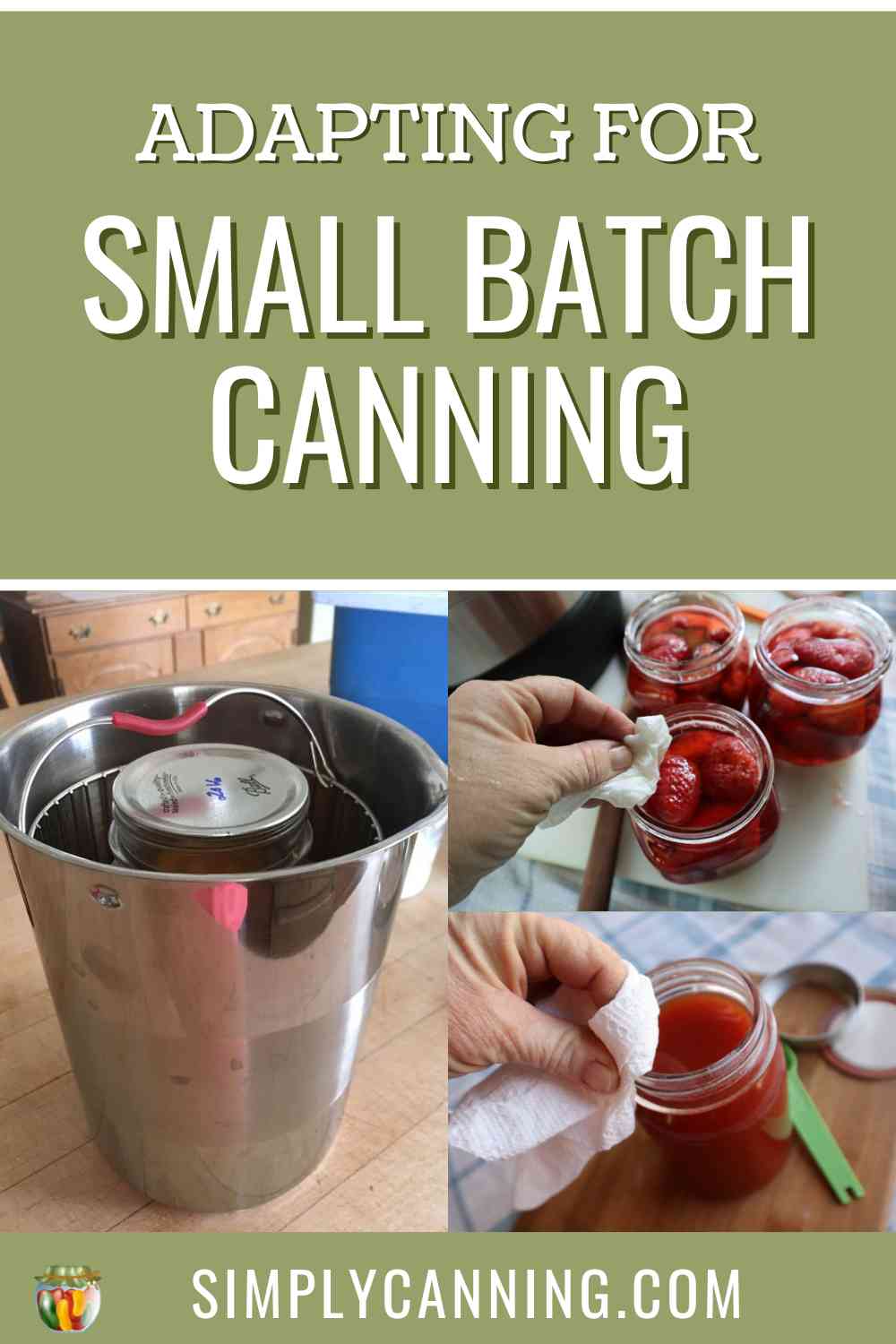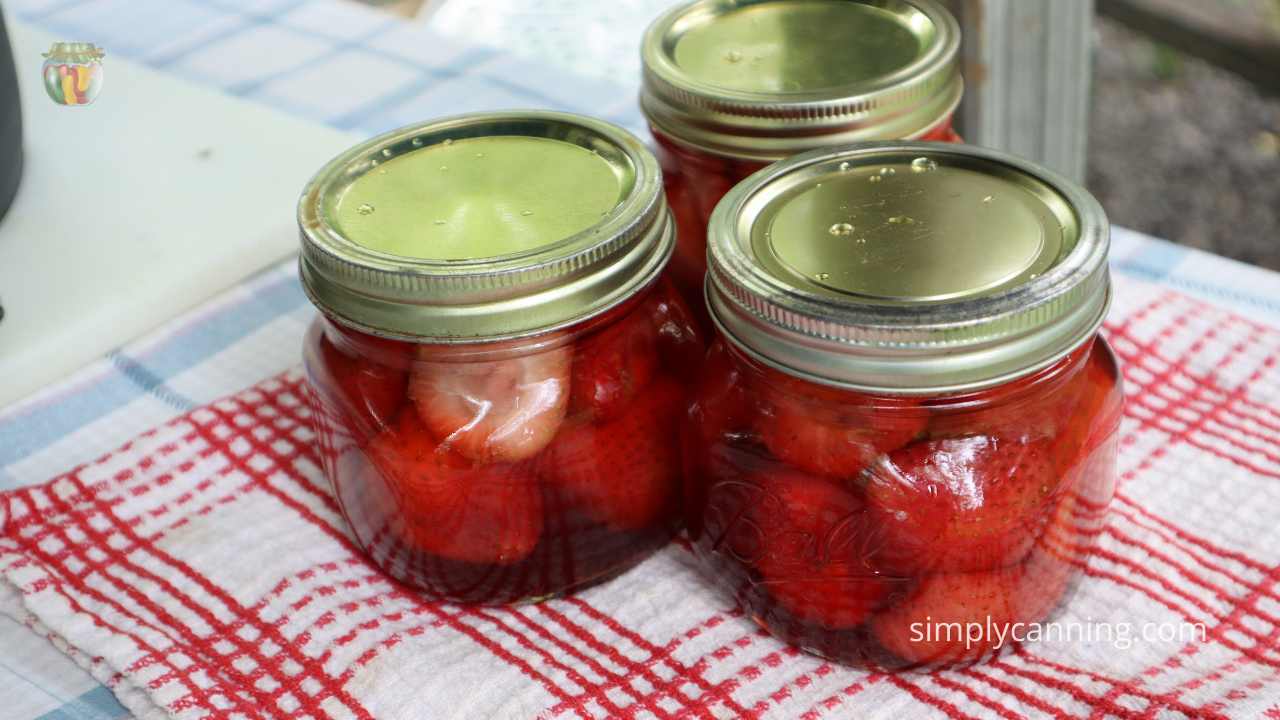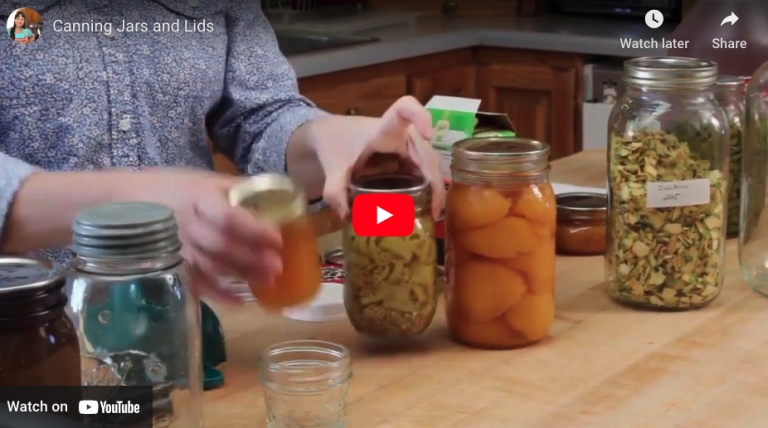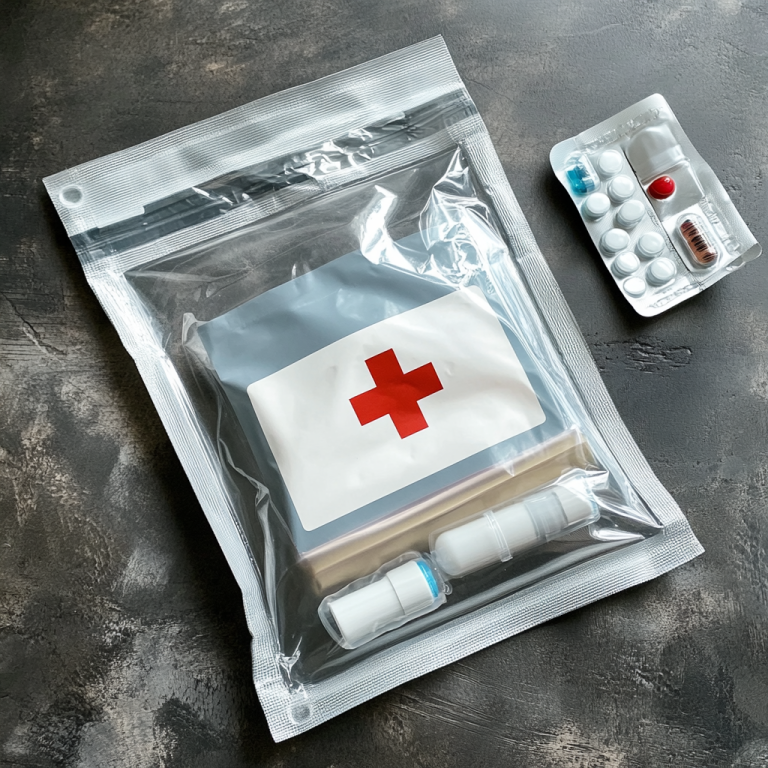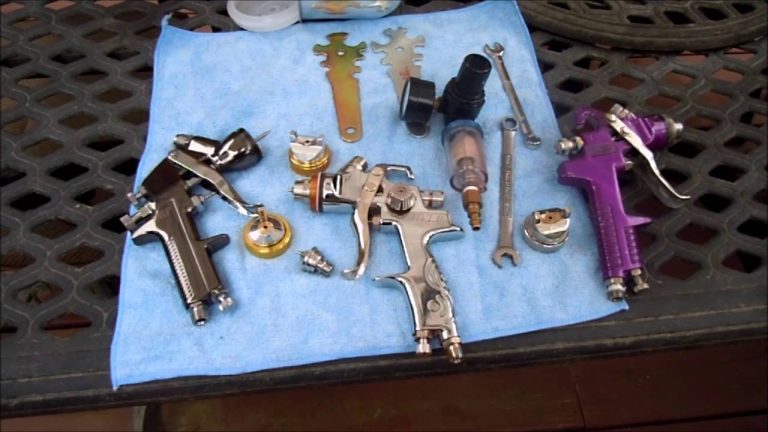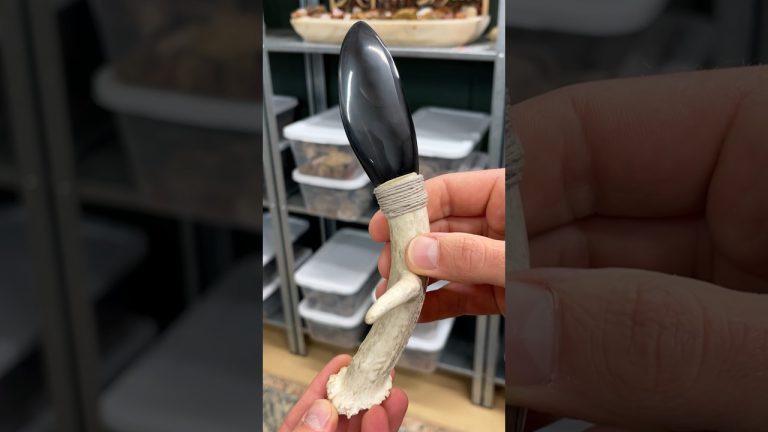Discover small batch canning. Perfect for solo canners, cooking for two, or thoughtful gifts. Scale down recipes & maintain safety.
Canning recipes are often designed for larger quantities, but with a few adjustments, you can adapt them to suit your needs. When you want to scale down and can a small batch, keeping some key points in mind will help make the process simple.
Pros and Cons for Small Batch Canning.
Pros
Creating individual serving size jars can be handy. I’ve often been asked about this regarding canning for elderly relatives or friends. Individual servings of fruit and vegetables can make healthy eating easier for home bound people.
Of course it is also great for single people too! Even young and healthy. :). The convenience of grabbing a single serve is hard to beat. And a few jars of beans, or homemade soup can be taken along on a trip.
Many directions are to preserve individual foods list yields of 7 quarts. If you don’t have that much you can still can it.
It takes much less time. For example… peeling a small batch of tomatoes can be quick and easy.
You can save the tomatoes until you have enough for a full 7 quarts, but sometimes several quick easy sessions are easier for the time you’ve got available.
You can try a new canning recipe or project to see if you like it before you commit to a full batch. If you discover you don’t like something… you won’t have 7 big quart jars wasted.
Cons
You still need to get all the canning equipment out. Even if you only have a few jars, you’ll still need the equipment, supplies and materials. And the mess of the recipe is likely to be the same for 7 quarts as it is for for 3 quarts or even a few smaller jars.
You’ll still run the canner for a few jars as a full batch. Although I do have some work around tips for this in the article below. (hint- you don’t need a big water bath for a few small jars)
I can’t think of any other con!
Scaling Down Individual Ingredient Directions
When dealing with canning directions for single ingredients like peaches or green beans, you might find that the yields are for a large quantity, such as 7 quarts. However, if you only have a small amount, simply cut down accord to your quantity. Fill the number of jars needed based on the quantity you have.
- If you are canning fruits, you may need to estimate the amount of sugar syrup required. Just know if the original recipe has an amount for 7 quart jars, but you estimate you’ve got half that, then make about half the syrup recipe. I suggest you over estimate just a bit so you don’t run out.
- If you are canning vegetables you add salt to the jars and boiling water to cover the food in the jar. The amount of salt per jar does not change. So you’ll just need the right amount of salt and boiling water for the number of jars you’ll have.
One important point to remember is that you should not adjust the processing time or pressure requirements. Processing remains the same regardless of the batch size. Use the recommendations for the jar size you have.
The number of jars may be less, but the processing time does not change.
Bonus expert tip:
Use a tea kettle to heat your sugar syrup for fruit, pickling vinegar of pickled items, or just boil the water for vegetables. It makes pouring into the jars super easy and clean!
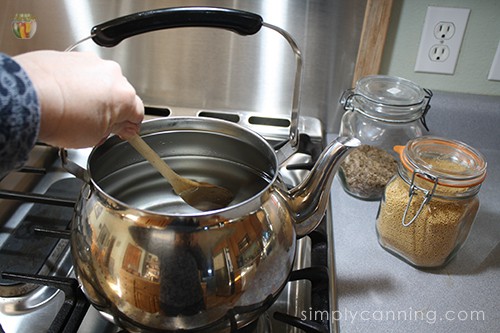
Doubling or Halving Canning Recipes
For recipes where there are a combination of ingredients (like soup, or stewed tomatoes) you can often adjust them to the amount you need. In some cases, you may want to produce more or less of the preserved food by doubling or halving a canning recipe.
If you’re halving the recipe, or if you are doubling it, halve or double all ingredients accordingly. Keep the ratio of the ingredients the same as the original recipe.
Again, keep in mind that processing time remains the same regardless of the batch size.
Examples of cutting recipes in half:
- Spaghetti Sauce: You can cut the spaghetti sauce recipe in half, but remember not to shorten the processing time or change the pressure you require.
- Tomato Vegetable Juice: Similarly, you can halve the tomato vegetable juice recipe, keeping the ratio of tomatoes to veggies the same. Processing time remains the same.
- Jam and Jelly Recipes: Adapting jam and jelly recipes can be trickier. When halving a recipe without pectin, it may work, but doubling a jam or jelly recipe could affect its consistency and setup. I’d recommend sticking with the recipe in this case.
Pomonas Pectin is designed for reducing sugar. Another pro with this type of pectin is you can increase or decrease the batch sizes.
Smaller Jar Sizes:
Opt for smaller sized jars instead of quarts for smaller batches. Small jars are ideal for single-serve options for many foods.
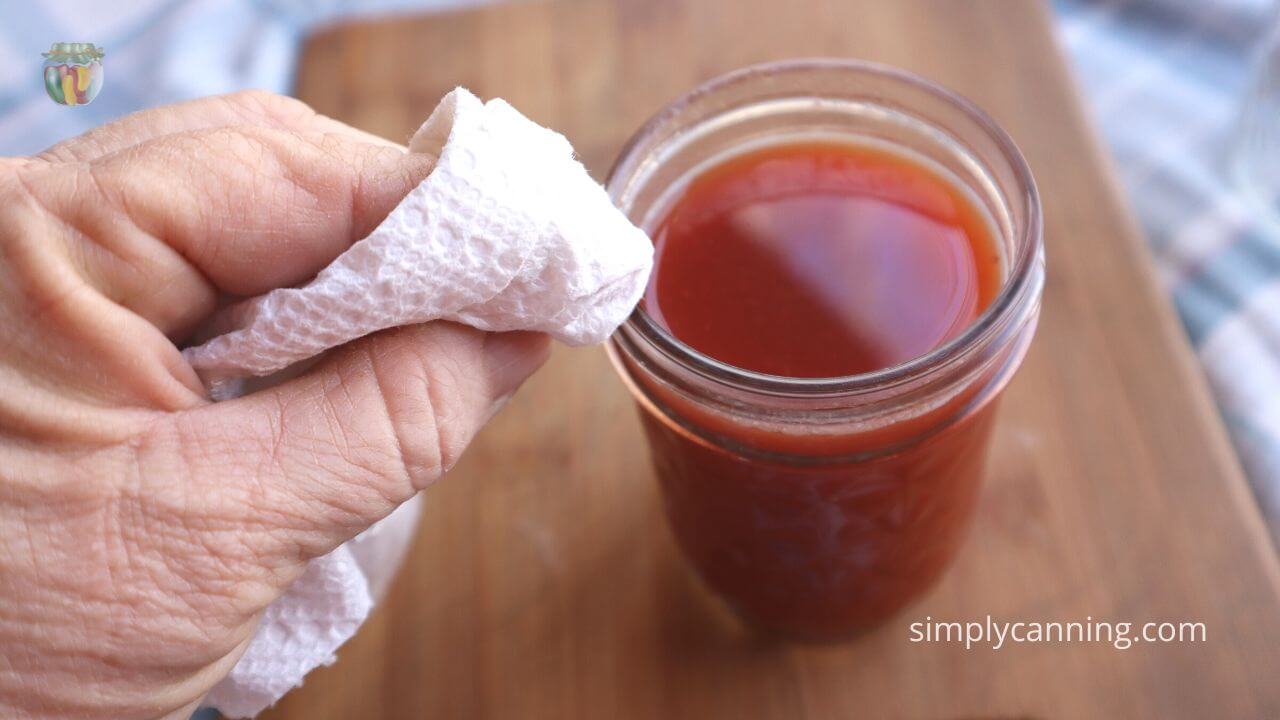
If you choose smaller jar sizes than specified, maintain the original processing time unless the recipe explicitly indicates a different time for smaller jars.
- For instance, if a pickle recipe calls for pint jars, and you prefer half-pint jars, process them for the same duration as the pint-sized jars, unless the recipe states a time for the smaller jars.
- If you want to make applesauce in half pint jars for a single serve situation, you can do that. But you need to process the applesauce for pint size jars because there are no processing recommendations for half pint.
- If you want to can carrots in half pint jars, again for a single serve, you can do that, but you’ll process them as if they are pints because there are no processing recommendations for half pint. They will be well cooked. But try it and see if you like it. You’ll be safe. :).
Even though going down in jar size can be done, you can not go up in jar size unless there is specific processing instruction for the larger size.
- Going down in jar size is ok. Process for the larger size if needed.
- Going up a jar size is only ok if there are instructions for processing for the larger size jar. You can not go up in size and assume you can just double the processing.
These are all examples but there are many options available it would be impossible for me to mention them all. You have to make the consideration based on the recipe you are using.
I did a canning chat video on changing jars size here.
Processing Tips for Small Batch Canning:
Water bath canning small batches.
Use a smaller pot for water bath canning. If you’ve only got a few jars you do not need to heat up a full canner to do this. 2 rules to follow.
- Any pot deep enough to cover the jars with water over the tops by about 2 inches when boiling will suffice.
- You will also need a rack at the bottom of the canning pot to keep the jars off the pot’s bottom. If you don’t have a canning rack, you can use some kitchen items as substitutes. Check out some ideas for canning racks .
If you’ve only got one jar, you can even use something like this 4th burner pot for a boiling water bath:
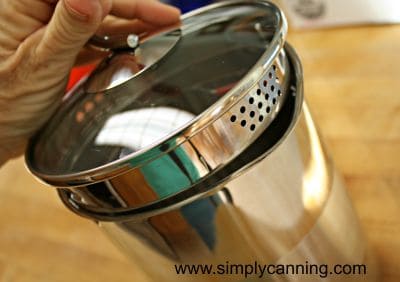
Pressure canning small batches.
Unlike water bath canning, you cannot use just any pot for pressure canning. You must use a pressure canner for this process but you don’t need a huge canner.
I’d recommend this Presto Pressure Canner, which holds 7 quart jars: All American has a similar-sized pressure canner as well.
Remember, a pressure canner must hold at least 4 quart jars upright to be the correct size for pressure canning. Many people want to use a cooker for small batches, but they are not made for canning. I’ve got more on pressure cookers vs. canners here:
You do not have to fill your pressure canner to use it. You can do a partial load. It is recommended that you have a minimum of 2 quart jars, or 4 pint jars in a load. If you have less than that, just add a couple jars of water to reach that minimum. I’ve got a video chat about filling your canner or canning a partial load here.
Small Batch Canning Summary
You can adapt a canning project to suit your needs and process small batches efficiently. Remember to maintain the correct processing times and ratios of ingredients for successful results. Happy canning!
- Canning directions are often designed for larger quantities, but they can be adapted for smaller batches.
- When scaling down a canning recipe, adjust the ingredients accordingly, but keep the processing time the same.
- Doubling or halving recipes can often be done, but maintain the original ingredient ratios and processing requirements.
- For water bath canning, a smaller pot and rack can be used for small batches.
- Pressure canning requires a proper pressure canner, not a regular pot or cooker.
Small Batch Canning FAQ
You can can these just like you would if you had a full batch. Just follow the same recipe instruction. One thing to consider if you want to save them until you have a full batch you can just pop them in a freezer bag and freeze for later. But then you wouldn’t be small batching it!
Some other posts you might need.
Pin this for later!
